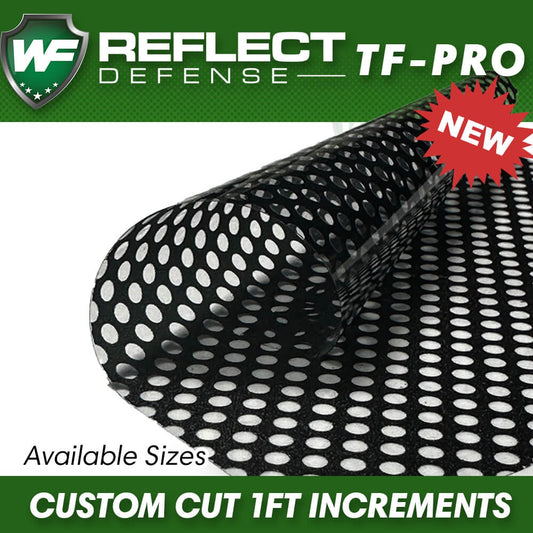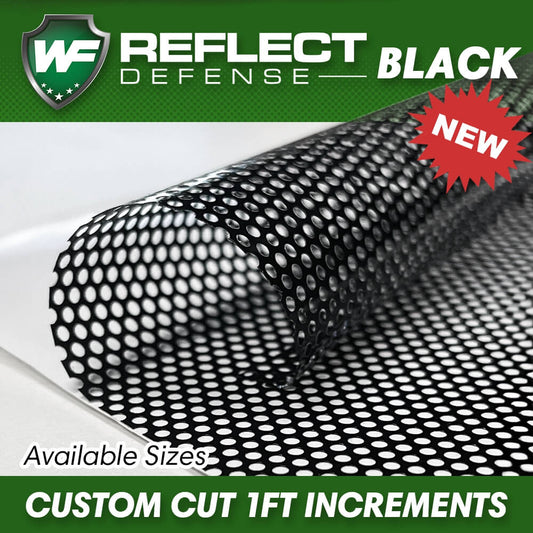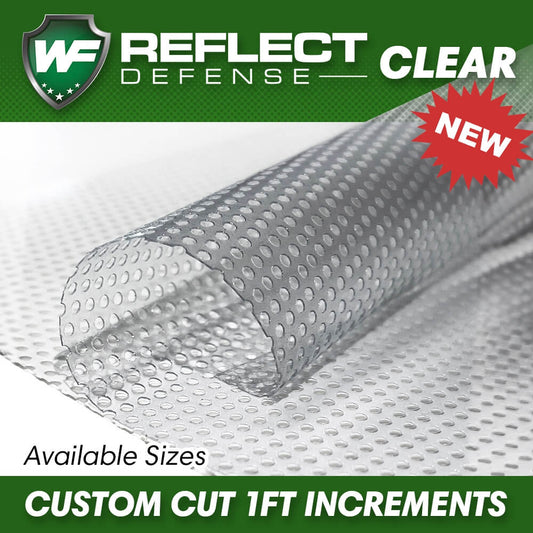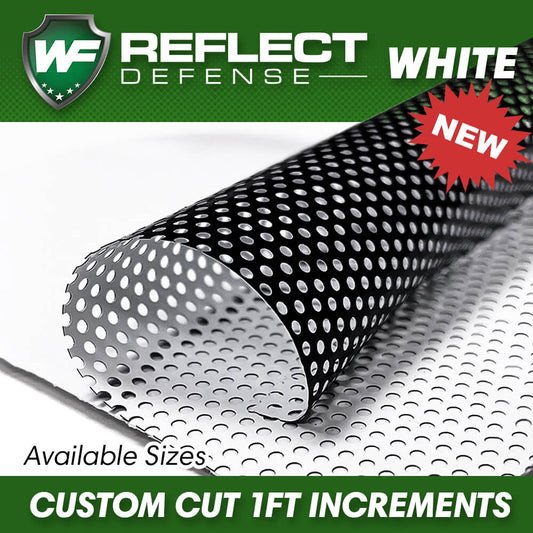Artificial turf has become increasingly popular among homeowners and commercial property owners for its aesthetic appeal and low maintenance. However, a growing concern across the country is the unexpected phenomenon of turf melting due to window reflections. This shocking truth has left many wondering how to protect their lawns from this surprising threat.
The Science Behind Window Reflections and Turf Melting: What You Need to Know
At first glance, it seems almost unbelievable. How can window reflections melt artificial turf? The science behind this is simple. When sunlight hits a window, it can become concentrated and redirected, much like a magnifying glass. This concentrated light and heat can warp, distort, or even melt the nearby turf grass.
Is Your New Turf Installation at Risk? The Surprising Factors That Contribute to Melting
The problem is not just limited to old turf. New turf installations of any type are equally at risk. The heat can cause even the sturdiest of turfs to become hard and crunchy, damaging its appearance and texture. Several factors contribute to this risk, including the type of windows, their orientation, and the angle of the sun.
The Hidden Dangers of Turf Melting: From Aesthetic Damage to Potential Fire Hazards
In severe cases, turf melting can pose a safety hazard to nearby brush and turf, potentially leading to fire hazards. As we approach the summer, this concern becomes ever more pressing. Homeowners and property owners must be aware of these hidden dangers and take steps to protect their lawns.
Double Trouble: How Double-Paned Windows and Concave Glass Amplify Turf Melting
The type of windows plays a significant role in this phenomenon. Windows with Reflect Defense Window Film mitigate the risk of melting, but those without can cause significant damage. Double-paned windows, concave glass, and certain types of green glass have been known to focus light in a way that increases the risk of turf melting.
North-Facing Turf: The Unexpected Advantage in Preventing Turf Damage
The window's orientation and angle also play a significant role in turf melting. Surprisingly, windows facing the north turf axis are less likely to cause turf melting. This unexpected advantage can help homeowners and property owners make informed decisions about turf installation and window placement.
The Insurance Dilemma: Why Companies Are Refusing to Cover Turf Damage from Low E Windows
It's not just homeowners and property owners feeling the heat from this issue. Insurance companies have felt the impact too, with many refusing to pay for turf damage caused by Low E windows. This has led to a growing dilemma for those affected by turf melting, as they may be left to cover the costs of repairs or replacement on their own.
Turf Melting Lawsuits on the Rise: How the CPSC is Responding to Consumer Complaints
As a result of the insurance dilemma and the growing prevalence of turf melting, lawsuits filed over window-caused turf melting damage are on the rise. The Consumer Product Safety Commission (CPSC) has even received complaints about windows melting turf, highlighting the severity of this issue.
Expert Tips for Preventing Turf Melting: Proper Installation, Maintenance, and More
Experts recommend a few strategies to combat turf melting. First, proper turf installation and maintenance can reduce the risk of melting. This includes ensuring a safe distance between the turf and windows and avoiding installing turf near Low-E Windows. Additionally, trees or shade structures can help reduce the risk by providing additional cover from the sun's rays.
The Power of Reflect Defense and Turf Shielding Film: Protecting Your Turf from Window Reflections
Various protective measures, such as window screens, Reflect Defense, and Turf Shielding Film, can also help prevent damage. These anti-reflective films reduce the amount of light that can be concentrated and redirected by the windows, effectively mitigating the risk of turf melting.
Building Codes and Community Restrictions: The Future of Turf Installation in Light of Melting Concerns
As awareness of turf melting grows, building codes may begin to require window films to prevent melting and burning. Some communities have already begun to restrict turf installation due to these concerns. Designers are also considering the potential for turf melting near new installations, highlighting the need for a proactive approach to this issue.
The Race for Melt-Resistant Turf: How Scientists and Manufacturers Are Tackling the Problem
In the meantime, research continues to develop turf that reduces the risk of melting. Scientists and turf manufacturers are working together to develop materials that can withstand the concentrated light and heat from windows. This race for melt-resistant turf offers hope for a future where homeowners and property owners can enjoy the benefits of artificial turf without the risk of melting.
Don't Let Window Reflections Ruin Your Lawn: Simple Steps to Keep Your Turf Looking Fresh and Vibrant
In conclusion, while turf melting is a significant concern, there are numerous ways to mitigate the risk. From proper installation techniques to anti-reflective films, homeowners and property owners can protect their turf and keep it looking fresh and vibrant all year round. By staying informed and taking proactive steps, you can ensure that your artificial turf remains a beautiful and functional part of your landscape for years to come.


















